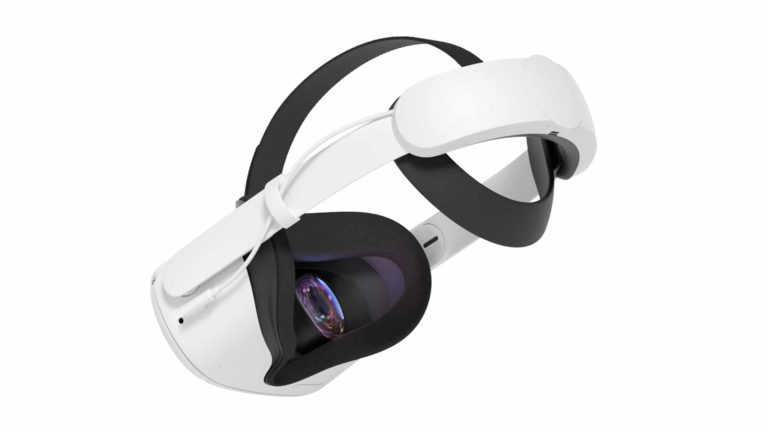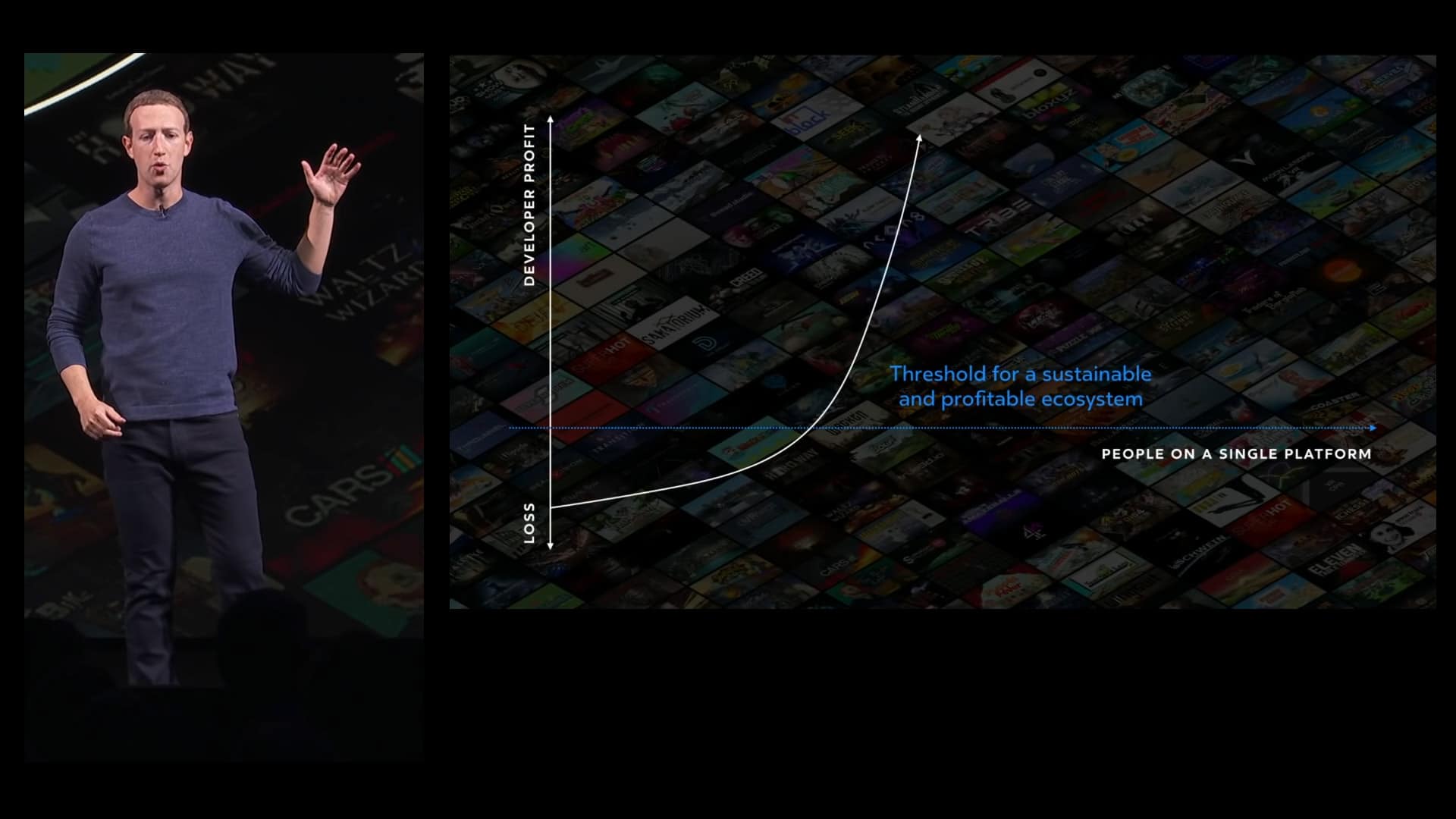
Facebook’s (ahem, Meta’s) much-vaunted Connect event on Thursday was a bit of a distraction from other things in its sphere. And we’re not talking about it’s ongoing privacy and data misuse firestorm. The company’s Q3 earnings came and went with relatively little fanfare.
But now that the dust has settled from the Connect keynote – including metaverse musings and a corporate rebrand – it’s time to go back and dive into the numbers. Specifically, we’re interested in signals for Quest 2 sales. It’s a key figure, given that the device is VR’s market propellant.
So it’s time once again for our quarterly exercise to extrapolate unit sales. Each time we do this, formula inputs vary — everything from Meta’s first-party software sales disclosures to public filings that help reveal sales volume and growth within Meta’s “other revenue” category.
Today, we’re drawing upon the latter — the primary source being Meta’s Q3 earnings that show non-advertising revenue growth of 195 percent year-over-year to $734 million. As it usually does, Meta explicated in its earnings call that Quest 2 is the growth engine for this revenue boost.
With that scene-setting, let’s dive in.
Seven Figures
Meta’s Q3 non-advertising revenue — where Quest revenues are categorized — was $734 million as noted. This compares with $249 million in Q3 2020, which was notably the last full quarter before Quest launched. It was announced last year in September and launched in October.
Furthermore, most of the revenue sources that comprises that Q3 2020 non-advertising total don’t exist anymore (Quest 1, Rift, etc). So the majority of Q3 2021 non-advertising revenue – 85 percent according to our estimates – is Quest 2 related. That comes to $624 million.
By “Quest 2 related,” we mean hardware and software. If we extract the latter, we can isolate the former. We’ve separately estimated quarterly average software spend to be $20 per user (about 1 game). Given an installed base of 5.9 million (explored later), that’s $118 million.*
That makes hardware $506 million of the above $624 million. Based on other evidence, we estimate that Quest 2 is 90 percent of that — the rest being low-value accessories and enterprise bundles. That yields $455.4 million, or 1.38 million Quest 2 units at an average price of $329.**
This of course is an extrapolation and a thought exercise, but it gives us some sense of volume. Feel free to play with the formula to test different outcomes.
((($734,000,000*.85)-($20*5,900,000)(.90)) / $329) = 1,383,921 Q3 Quest 2 units
*This figure represents the Oculus Store’s gross revenue, before developer payouts, which are usually 70 percent after taxes.
**Quest 2 base model (64GB) is $299 while the 256GB model is $399. This averages out at $349, but we’ve reduced the estimated hardware ARPU to $329 due to weighted sales for the base model (common for new hardware). Third-party reseller markups aren’t included.

Magic Number
This unit sales estimate is greater than expected given a Q3 sales halt due to a product recall. That said, it does along with Meta Reality Labs lead (and soon-to-be CTO) Andrew Bosworth’s comment that the device will reach its 10 million installed-base target faster than expected.
To unpack that a bit, Mark Zuckerberg has proclaimed 10 million in-market units as the magic number where there’s critical mass to attract content developers en masse. The thought is that an eight-figure installed base presents financial incentive for developers to catalyze an ecosystem.
In other words, as those financially-motivated developers flock to a given platform like osmosis, it results in greater content libraries that attract more users, which in turn attract more developers and around we go. It’s a classic flywheel effect. Or as Mark Zuckerberg has stated:
”The big question is what is it going to take for it to be profitable for all developers to build these large efforts for VR? To get to that level, we think that we need about 10 million people on a given platform. That’s the threshold where the number of people using and buying VR content makes it sustainable and profitable for all kinds of developers. And once we get across this threshold, we think that the content and the ecosystem are just going to explode. Importantly, this threshold isn’t 10 million people across all different types of VR. Because if you build a game for Rift, it doesn’t necessarily work on Go or PlayStation VR. So we need 10 million people on [one] platform.”

First-Party Sense
So when will it hit 10 million? We estimate cumulative sales (installed base) at 5.9 million units today. This factors in our ongoing tracking through exercises like the above, and the work of our research arm, ARtillery Intelligence. It also factors in replacement cycles to segment active units.
Back to the 10 million question, this means that Meta is on pace to hit the target within 4 quarters. Per Zuckerburg’s comments above, keep in mind that 10 million references a cumulative installed base of in-market units, which is different than (and builds faster than) period unit sales.
We’ll keep watching closely as this progresses. Though Meta doesn’t disclose hardware sales, there are clues and formula inputs all around us for thought exercises like the above. It’s also possible that Quest 2 sales reach a point soon that compels Meta to boast exact figures.
In fact, that time could come soon for other reasons. Meta’s new corporate structure will spin out Meta Reality Labs – the place for all-things AR & VR – including revenue disclosures. So by this time next quarter, we may have a more definitive and first-party sense of Quest 2 traction.






